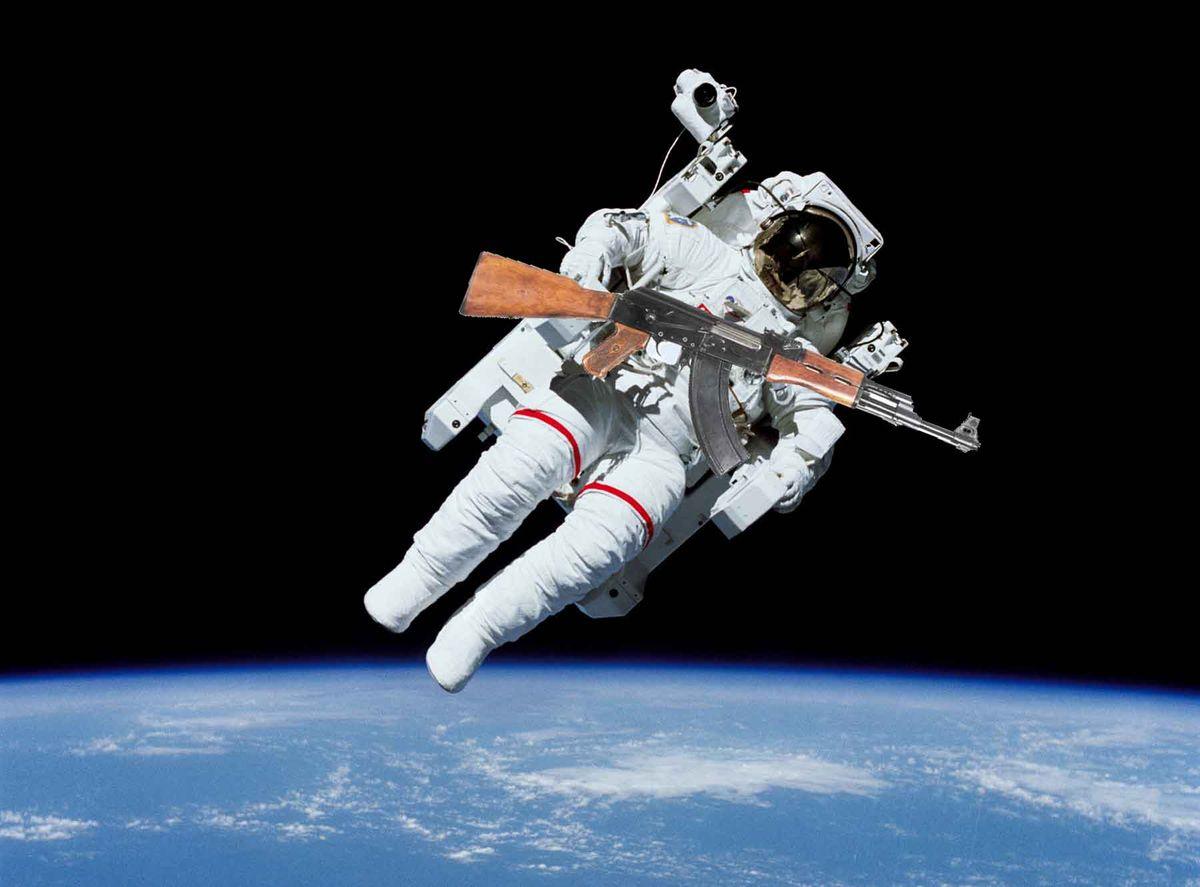Its204fast
Well-Known Member
This has been a thought I've had for a while.
How much does the density of the air in front of the bullet affect velocity, trajectory, and accuracy?
If you could reduce the air density in the barrel in front of the bullet would it make a measurable difference? I feel it would.
I want to work up a load, get the SD as low as possible, fire a group at a target at 100 yards for the control, then another group with a Helium balloon over the barrel purging Helium down the barrel. The idea is that Helium is lighter than air and will reduce pressure in front of the bullet theoretically allowing the bullet to move faster.
I plan to start with 100 rounds of virgin Hornady brass, CCI BR-4 Primers, Benchmark Powder, 26Gr Barnes Varmint Grenade.
Rem 700 chambered in .204 Ruger with apx. 1000 rounds through it.
Is this something someone has attempted or or does anyone have any thoughts on this not working?
Some questions and concerns I have are:
Is my reloading ability and equipment capable of making loads as consistent as necessary for best results? I Full length size (as opposed to neck sizing) and I don't have the ability to turn necks.
Is my gun up to the task?
Could the Helium cause a catastrophic event with the gun?
Is 100 yards enough to see a change in POI due to the (likely) minor change in velocity
How much does the density of the air in front of the bullet affect velocity, trajectory, and accuracy?
If you could reduce the air density in the barrel in front of the bullet would it make a measurable difference? I feel it would.
I want to work up a load, get the SD as low as possible, fire a group at a target at 100 yards for the control, then another group with a Helium balloon over the barrel purging Helium down the barrel. The idea is that Helium is lighter than air and will reduce pressure in front of the bullet theoretically allowing the bullet to move faster.
I plan to start with 100 rounds of virgin Hornady brass, CCI BR-4 Primers, Benchmark Powder, 26Gr Barnes Varmint Grenade.
Rem 700 chambered in .204 Ruger with apx. 1000 rounds through it.
Is this something someone has attempted or or does anyone have any thoughts on this not working?
Some questions and concerns I have are:
Is my reloading ability and equipment capable of making loads as consistent as necessary for best results? I Full length size (as opposed to neck sizing) and I don't have the ability to turn necks.
Is my gun up to the task?
Could the Helium cause a catastrophic event with the gun?
Is 100 yards enough to see a change in POI due to the (likely) minor change in velocity

